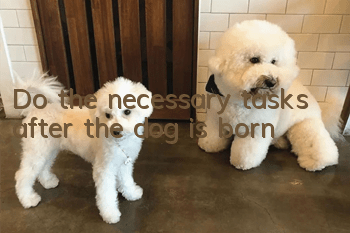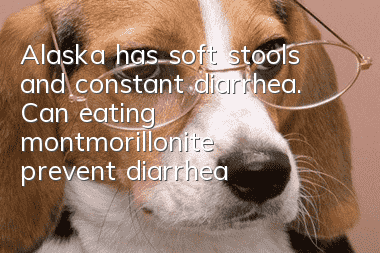Pet obesity does not distinguish between Chinese and Western, let them eat healthily~

Pet obesity
In June 2017, the US veterinary hospital chain Banfield Pet Hospital released its annual "Pet Health" report. Banfield Pet Hospital collected health data on 2.5 million dogs and 505,000 cats through its 950 clinics, and then analyzed the health data of the pets. Overweight condition. According to data from veterinary hospitals, approximately 33% of cats and 30% of dogs in the United States are obese or overweight, while the Association for Pet Obesity Prevention states that approximately 59% of cats and 54% of dogs in the United States are obese or overweight. A dog that is obese is overweight.
Not only in the United States, there are also many obese pets in other places. For the sake of the pet's health, owners really have to be ruthless, balance their pet's diet, and control the amount of food they feed.
For obese pets, Kager recommends that owners adopt the following 7 weight loss steps!
1. Physical examination reveals the cause
Before implementing a weight loss plan, you should ask your veterinarian to conduct a physical examination. The veterinarian will use professional methods to find out the current status and causes of obesity.
2. Determine weight loss goals
Know the ideal weight your pet should have. Remember, the initial weight goal you want to achieve can be your ideal weight or a 15% reduction from your current weight.
3. Change your permissive attitude
Many owners think their pets are chubby and cute. Doctors remind them to put the health of their pets first and not be misled by aesthetic concepts such as being chubby and cute. In addition, during the weight loss period, the pet may often feel hungry and keep begging for food. At this time, the owner must not waver or feed casually.
4. Weigh yourself regularly
The implementation of your pet's weight loss plan should be carefully tracked. Weigh yourself once a week, preferably at the same time of day and on the same scale.
5. Make good tracking records
Displaying changes in weight as a graph with time as a coordinate can enhance your confidence and motivation. Pay attention to the daily condition of your pet, touch the fat layer in the body regularly, and consult a veterinarian regularly to determine whether the weight loss plan needs to be modified.
6. Enough outdoor activities
Although for most pet animals, exercise alone isIt is impossible to lose weight, but a gradual increase in exercise should be encouraged. Never force a severely overweight pet to perform excessive exercise, which can overwhelm the heart. Experts remind: Dogs that exceed 25% of their target weight should be taken for a slow walk every day.
7. Prevent repeated weight gain
Once your pet reaches the target weight, pay attention to maintaining it. For pets that are prone to obesity, it is best to feed branded food and keep an eye on their weight to find the most appropriate amount of food. Experts remind: Don’t make the same mistake again, change your habit of overfeeding, and adjust your diet according to your activity level and physical condition.
Pet obesity is closely related to the health of pets, and owners should pay attention to it. For our tomorrow and for the future of pets, let us help pets lose weight together!
- Diagnosis and treatment of dog fever
- What should I do if my pet dog is allergic to vaccines?
- How to brush your dog’s teeth? What should I do if my dog refuses to brush his teeth?
- What should I do if my dog keeps scratching and biting?
- What are the most common oral and dental diseases in dogs? Dog Oral Care!
- What are the training tips for Australian Cattle Dogs?
- Research shows that dogs raised in cities are more likely to develop social anxiety than dogs raised in rural areas
- How to train a Great Pyrenees
- Why do dogs sigh?
- What are the symptoms of dystocia in dogs, and what should I do if my dog has dystocia?



